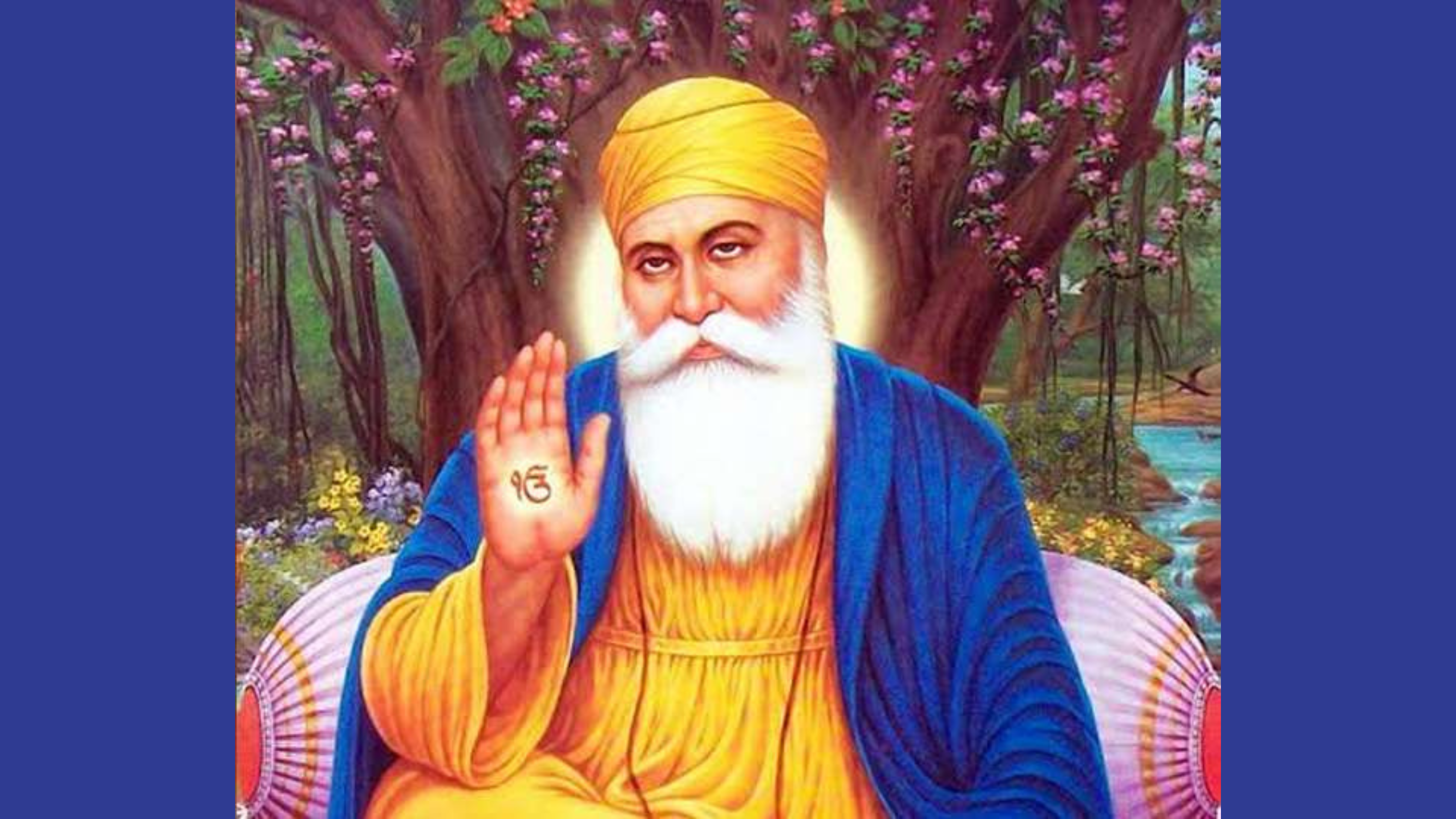Guru Nanak Jayanti is one of the most important festivals in the Sikh calendar. It is celebrated on the full moon day of the month of Kartik (October-November) to commemorate the birth of Guru Nanak Dev Ji, the founder of Sikhism. Guru Nanak Jayanti is a time for Sikhs to reflect on Guru Nanak’s teachings and to follow his path of righteousness, compassion, and unity.
Significance of Guru Nanak Jayanti
Guru Nanak Jayanti is a significant day for Sikhs for a number of reasons. First, it is the birth anniversary of Guru Nanak Dev Ji, the founder of Sikhism. Guru Nanak was a great spiritual leader and social reformer who taught the message of peace, harmony, and unity. His teachings have had a profound impact on the Sikh community and on the world as a whole.
Second, Guru Nanak Jayanti is a time for Sikhs to reflect on Guru Nanak’s teachings and to recommit themselves to following his path. Guru Nanak taught that all people are equal in the eyes of God and that we should treat each other with respect and compassion. He also taught that we should live a life of honesty and integrity and that we should work towards creating a more just and equitable society.
Third, Guru Nanak Jayanti is a time for Sikhs to come together as a community and to celebrate their shared faith and heritage. It is a day of joy and celebration, and it is a time to reaffirm the values of Sikhism.
Traditions of Guru Nanak Jayanti
There are a number of traditions associated with Guru Nanak Jayanti. One of the most important traditions is the singing of hymns (kirtan). Sikhs gather at gurdwaras to sing hymns in praise of Guru Nanak and to celebrate his teachings.
Another important tradition is the distribution of langar (free food). Langar is a symbol of Sikhism’s commitment to equality and social justice. It is open to everyone, regardless of their religion, caste, or social status.

Other traditions associated with Guru Nanak Jayanti include:
- Akhand Path: The continuous recitation of the Guru Granth Sahib, the Sikh holy scripture.
- Nagar Kirtan: A procession through the streets with the Guru Granth Sahib.
- Fireworks and illuminations: Gurdwaras and homes are decorated with lights and fireworks are set off to celebrate the occasion.
Celebrations of Guru Nanak Jayanti
Guru Nanak Jayanti is celebrated with great joy and enthusiasm all over the world. The largest celebrations take place in Amritsar, India, where the Golden Temple is located. The Golden Temple is the holiest Sikh shrine and it is visited by millions of devotees every year.
Other major celebrations take place at gurdwaras all over the world. Sikhs gather at gurdwaras to pray, sing hymns, and distribute langar. They also listen to discourses on Guru Nanak’s teachings and reflect on his message of peace, harmony, and unity.
Conclusion
Guru Nanak Jayanti is a special day for Sikhs all over the world. It is a time to celebrate the birth of Guru Nanak Dev Ji, the founder of Sikhism, and to reflect on his teachings. Guru Nanak Jayanti is also a time for Sikhs to come together as a community and to reaffirm their shared faith and heritage.
The Guru Nanak’s Teachings
Nanak’s teachings are based on the principles of love, compassion, and unity. He taught that all people are equal in the eyes of God and that we should treat each other with respect and kindness. He also taught that we should live a life of honesty and integrity and that we should work towards creating a more just and equitable society.
Some of Guru Nanak’s key teachings include:
- One God: Guru Nanak taught that there is only one God and that all religions have different paths to the same destination.
- Equality: He taught that all people are equal in the eyes of God, regardless of their religion, caste, or social status.





